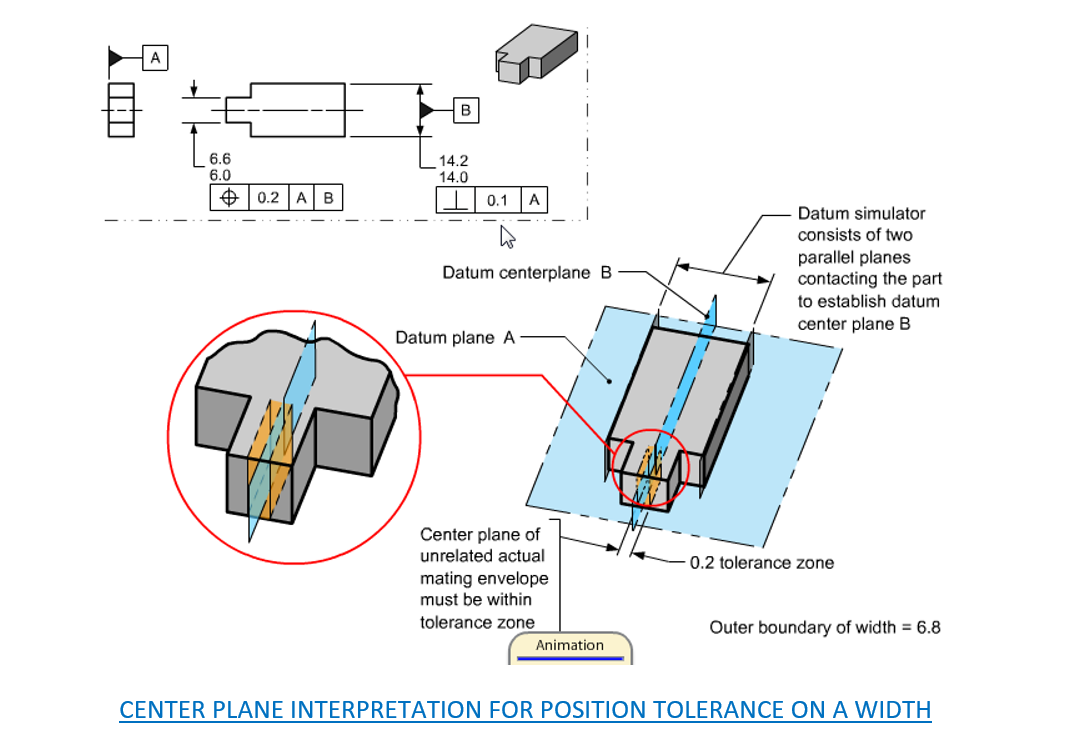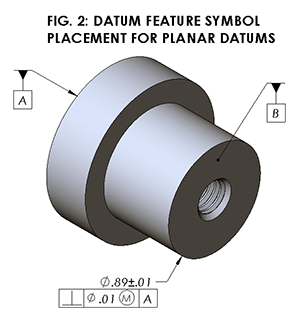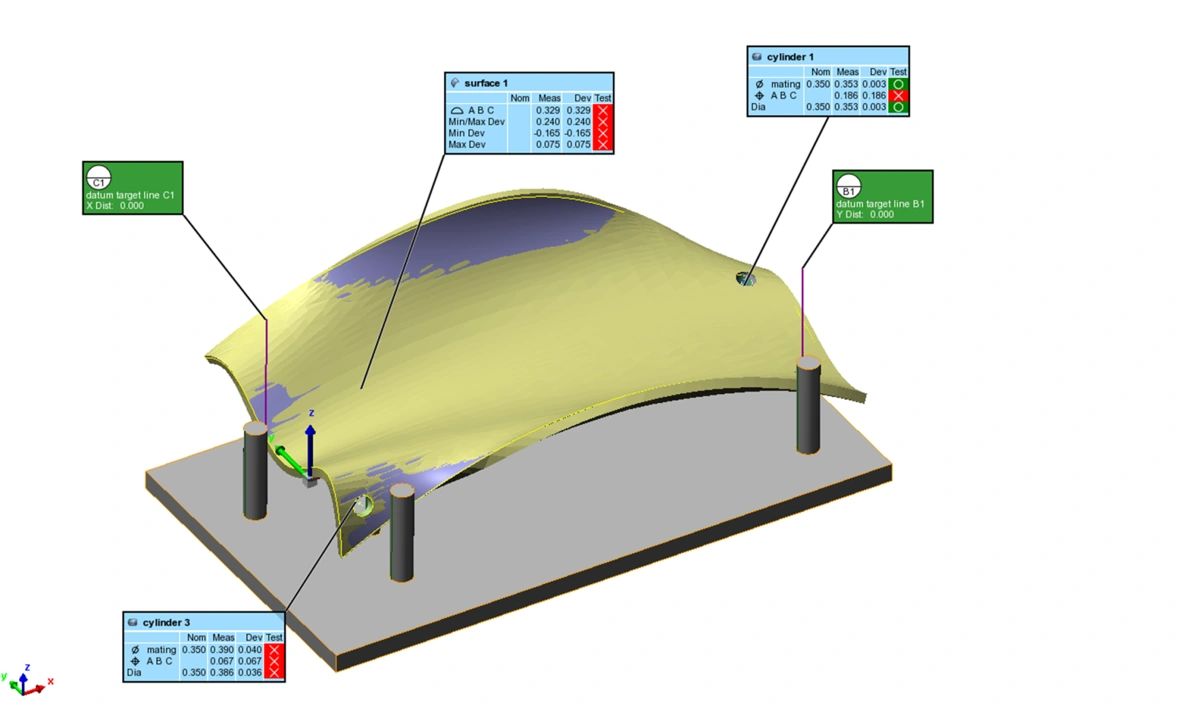

#Datum simulator full#
It can only happen on either side of February, whose 28-day span is short enough time span to have NO full Moons during the month. The timing has to be really precise to fit two Blue Moons into a single year. Blue Moons are rare because the Moon is full every 29 and a half days, so the timing has to be just right to squeeze two full Moons into a calendar month. On average, there's a Blue Moon about every 33 months. Over the past few decades, the second full Moon has come to be known as a "blue Moon." What is a Blue Moon and when is the next one?īecause the time between two full Moons doesn't quite equal a whole month, approximately every three years there are two full Moons in one calendar month.

The full Moon that occurs closest to the autumnal equinox is commonly referred to as the "Harvest Moon," since its bright presence in the night sky allows farmers to work longer into the fall night, reaping the rewards of their spring and summer labors. Mark a spot on the basketball, which represents you as an observer on Earth, then play with various alignments of Earth and Moon in the light of your imaginary Sun. You can create a mockup of the relationship between Sun, Earth, and Moon using a bright lamp, a basketball, and a baseball. As the Sun sets, the Moon rises with the side that faces Earth fully exposed to sunlight (5). At full Moon, the Moon is behind Earth in space with respect to the Sun. At first quarter, the half-lit Moon is highest in the sky at sunset, then sets about six hours later (3). In other words, the Moon is between Earth and Sun. The Moon spends the extra 2.2 days "catching up" because Earth travels about 45 million miles around the Sun during the time the Moon completes one orbit around Earth.Īt the new Moon phase, the Moon is so close to the Sun in the sky that none of the side facing Earth is illuminated (position 1 in illustration). The Moon takes 27.3 days to orbit Earth, but the lunar phase cycle (from new Moon to new Moon) is 29.5 days. As the Sun sets, the Moon rises with the side that faces Earth fully exposed to sunlight (5).The Moon has phases because it orbits Earth, which causes the portion we see illuminated to change.

At the new Moon phase, the Moon is so close to the Sun in the sky that none of the side facing Earth is illuminated (position 1 in illustration).


 0 kommentar(er)
0 kommentar(er)
